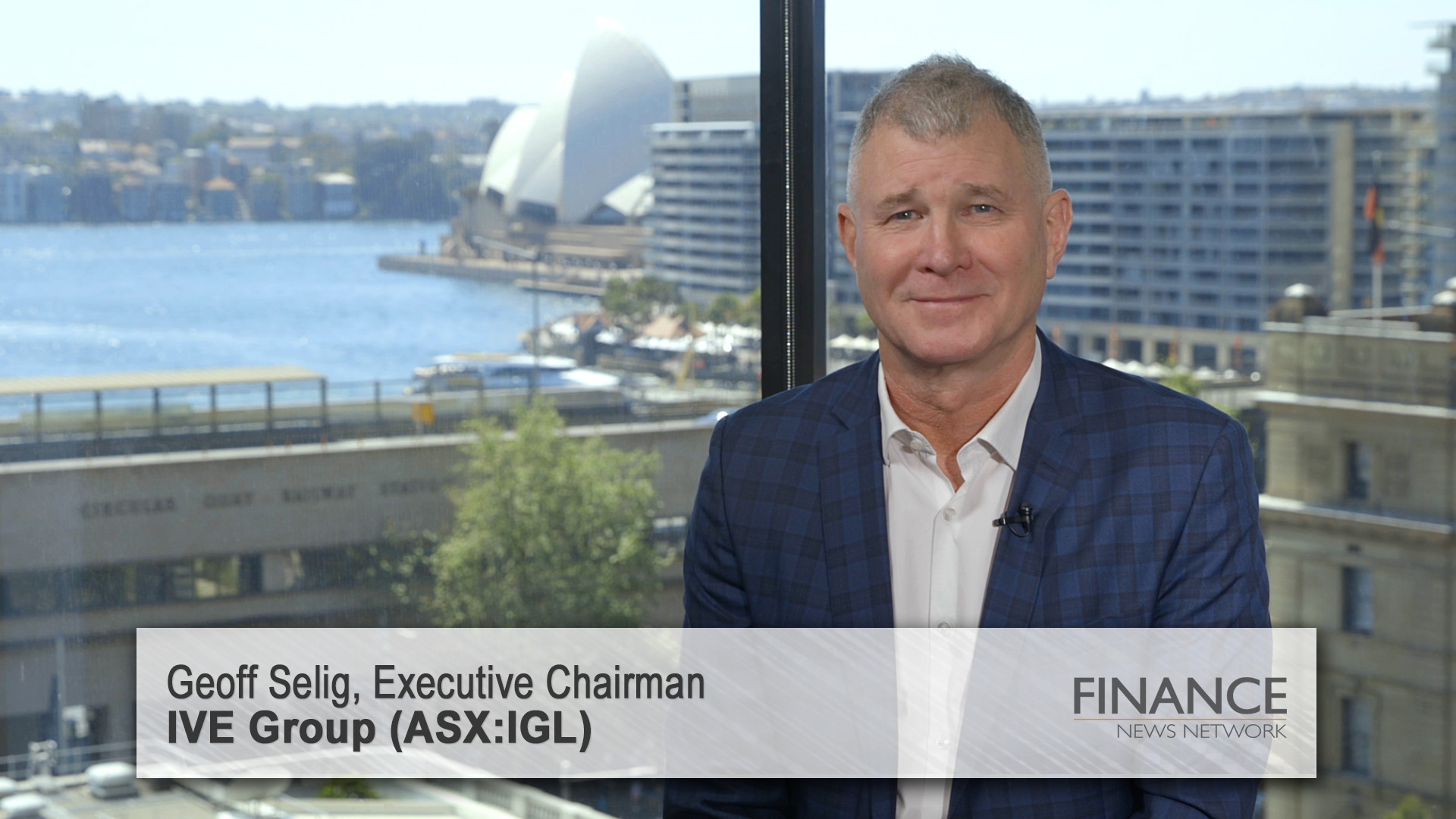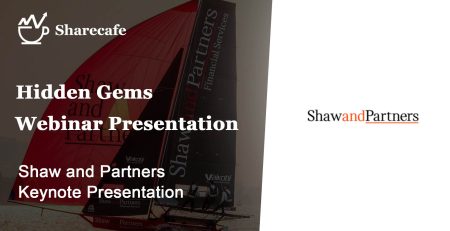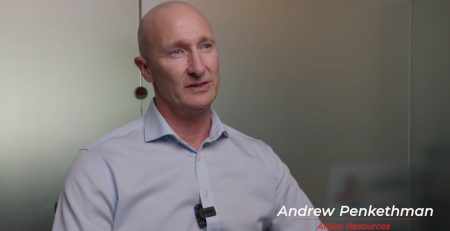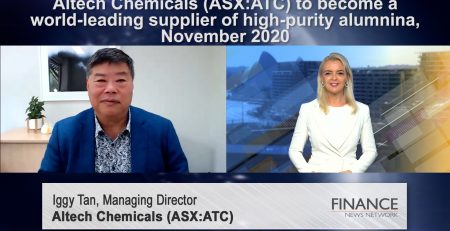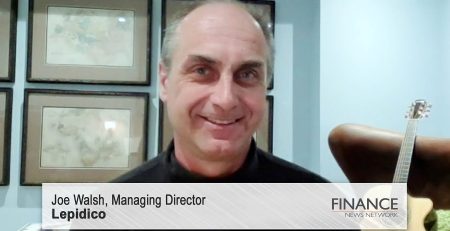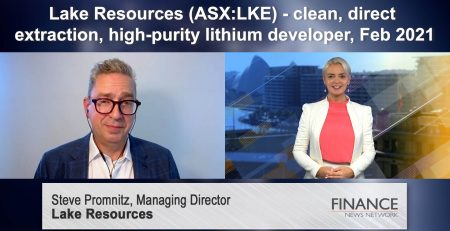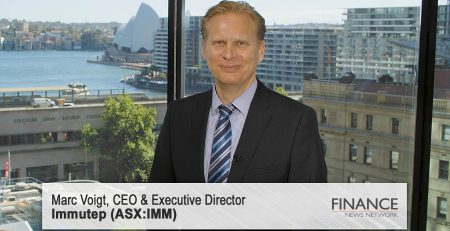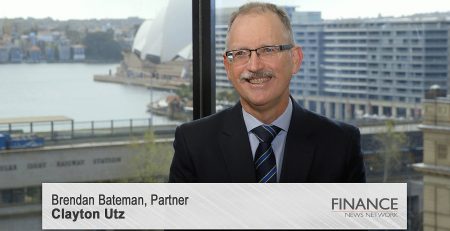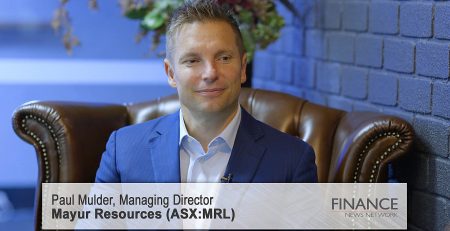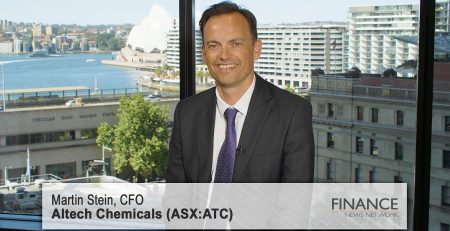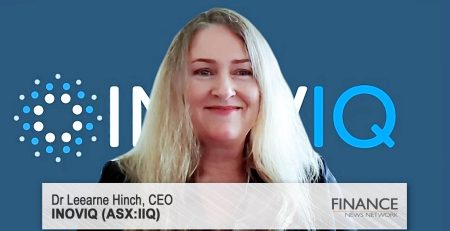IVE Group (ASX:IGL) thrives after Ovato acquisition
Geoff Selig, Executive Chairman of IVE Group Limited (ASX:IGL), discusses FY23 results and the acquisition of Ovato.
Paul Sanger: Hi, I'm Paul Sanger for the Finance News Network, and today we're talking to IVE Group. ASX code IGL, and they have a market cap of around 400 million. With annual revenue of just under 1 billion, IVE Group is Australia's largest diversified marketing communications business. IVE bring together the capabilities, specialists, and technology needed to make customer connections seamless, or as IVE puts it, managing communications and marketing from idea to execution. We have with us today, Geoff Selig, who is the executive chairman of IVE Group. Geoff, welcome back to the Network and thank you for your time today.
Geoff Selig: Thank you.
Paul Sanger: So then, let's kick off. You recently reached your FY23 results, which looked to be very, very strong and a solid uplift on FY22. Maybe we'll start off, talk about the revenue growth was particularly strong. Walk us through that.
Geoff Selig: Yeah, look, just generally, before I get to the metrics, because we had a significant event through the year, which was the acquisition of a business called Ovato. They were our primary competitor in that part of IVE Group where we produce long-run catalogues and publications. In September last year following ACCC approval, we acquired the assets of that business, are in the midway to late stages of integrating their business into the existing IVE footprint. So it was a significant event for the business, acquiring a major competitor, and it does touch on a number of the topics that we may cover off through today's discussion.
But as you said, FY23, very solid year again. Another step up over FY22 on all the metrics, starting with revenue, which was your original question. A couple of hundred million dollars increase in revenue, roughly 28% over FY22. So a component of that was on the back of the acquisition of Avarto that I just referenced in September. And then the majority of the balance, 47 million, or 6.2% related to strong organic growth throughout the year. We're probably seeing a component of that organic growth in the year being the final step up, if I could call it that, post the COVID pandemic, which impacted '22 and '21.
So all in all, a 28% increase in revenue year-on-year, and a large component of that, 47 million organic. So a solid year for revenue and across metrics of EBITDA right through to NPAT, which we'll touch on a little bit later, I suspect.
Paul Sanger: Okay, so let's move on. You disclosed in the results some impressive stats around quality, longevity and penetration of your customer base. Talk to us about this, because the strength of your customer base might be critical as the economy weakens.
Geoff Selig: Yeah, look, there's a few things on customers that we'd like to talk about, and I know that there's a couple of slides in our presentation that illustrate this nicely. But starting with the customers themselves. We've been in business for 102 years, IVE Group. The customers that we have are diverse, tier one, very solid customer base across the board. We'll talk about sector shortly. And in the context of your question, the economy may tighten up, in a macro sense. All of our clients have the capacity to invest in marketing spend to increase consumer spending if they so choose, which is a positive, certainly for IVE. So the quality of our customer base is the envy of many.
So if I just move on to digging a little deeper in terms of the customer profile and some of the things that you touched on before, because this is a nice slide. Our largest customer represents 8% of our revenue. Outside of that, you'll see in the top left of that slide, really nice customer spread. So we don't have a 600 pound gorilla at the top of the tree, as they say. In terms of customer penetration, three quarters of our revenue comes from customers dealing with more than one part of the IVE Group, and a quarter of our revenue comes from, or a third of our revenue, I think, comes from clients dealing with five parts of the IVE Group.
So we have multiple touch points for the majority of our revenue from our client base. And from our perspective, that validates the broad value proposition we take to market, that clients see value in that. For them to get an alternative product and service offering, they would have to disaggregate their supply chain and go to multiple suppliers, whereas IVE is the one vendor, or trusted vendor, can certainly provide an unparalleled offering in the Australian market.
I think the other point is we're operating across a very diverse range of sectors within retail. We've outlined the four different components of retail we operate in, and we also play heavily in banking, financial services, telcos right across the board. And I think the washup of all of that, as you see on the right-hand side of that slide, is the average tenure of our clients, top 20 clients, is 11 plus years.
So I think from a client perspective, the quality of the clients, the tenure of the clients, customer penetration, spread, they're all really healthy metrics and does give us a lot of comfort that in more uncertain economic times, having a client base like that, a longstanding client base puts us in good stead.
Paul Sanger: Yeah, you're clearly delivering for clients, if that tenure is 11 years plus.
Geoff Selig: Yes, absolutely.
Paul Sanger: Okay. Material gross profit margin fell slightly in FY23. It would be good to just understand a little more what drove that.
Geoff Selig: Sure. So the material gross margin, or MGM in our business, it varies from one part of our business to another, as you would appreciate given the diversity of our offer. The main driver of that slight movement is that the circa $130 million of Ovato revenues post the acquisition that came into the business in FY23, like the same profile of revenues in our business. I'm talking Qantas in-flight magazine, Coles Magazine, monthly House and Garden Magazine, the Woolworths catalog, things like that. They have a slightly lower material gross margin than other parts of the IVE Group. So that revenue coming in from Ovato just moves that consolidated MGM down a little bit. But the important point to make here is that normalized for that revenue mix, our MGM across the group was once again, as it has been for many years, stable in FY23, and we expect it to remain stable again in FY24.
Paul Sanger: So despite the really strong FY23 results, operating cash conversion fell relative to FY22 and net debt stepped up during the year. What's behind that, and how would you expect these metrics to trend in FY24?
Geoff Selig: Yeah, good question. None of it unexpected. We are a high cash generation business, so I suspect we'll touch on that in the dividend discussion shortly. With that increase in revenue from FY22 to FY23, circa $200 million, a large slab of which was the Ovato revenues. We've had to step up our working capital levels to support that revenue growth. We also had some residual softness in the supply chain post-COVID where we played it safe and made sure that we stocked up. We had the capacity to do it. It's the right thing to do to ensure continuity of supply for clients. So certainly over FY23, that impacted that metric that you referred to before. We would expect in FY24 and into FY25 that our working capital levels would normalize, so to speak, for the larger business, and we'll be back to those historical high 90s for cash conversion as we have been essentially since we listed.
I think the other point to note on this would be from a net debt perspective, the second part of your question. Despite the increase in working capital that we just talked about, and despite a lot of the heavy lifting and cash outlays over the last nine months as part of the Ovato integration, our net debt to EBITDA remains below our target level of 1.5 times EBITDA. So, cash conversion, perfectly explainable, should revert back to the historical levels. And net debt, once again, perfectly explainable, but certainly below the target net debt level, and we still maintain a very conservative balance sheet notwithstanding all the expenditure over the last 12 months.
Paul Sanger: Okay, let's talk about growth. Your result presentation points to numerous areas of potential organic and inorganic growth. Talk us through those.
Geoff Selig: Yeah, sure. The starting point would be for FY24, at a consolidated group level, we're expecting revenue growth over the next 12 months, number one. There's three areas in particular that would be worth focusing on in relation to growth. The first two are primarily organic, as you said, and the third one potentially through an acquisition, selected targeted acquisition. The first one would be around content management. At roughly a billion dollars worth of revenue and as you said in your intro, we think of our business as idea through to execution. We do a lot of execution of communications across multiple channels, and that all requires content, whether it's digital or whether it's a printed piece of collateral. We already play in this space. We've got 60 graphic designers and digital experts and so on, but we want to really ramp up organically our capability in terms of content creation. So that's an important pillar of growth for us over the next 12 to 24 months.
The second area of growth, once again organic, would be in uniforms and apparel. This sits inside our premiums and merchandise division, which has been a really nice growth area for us the last five years. It's a $1.2 billion market, the corporate uniforms market, and as you can imagine, fairly high churn in some of those markets as well. So good recurring revenues. We've played in this space for a number of years, supplying some fairly high profile brands like Woolworths with uniforms and shirts and apparel, but certainly see a really good opportunity to leverage off our 3,000 strong customer base, our graphic design capability, our ESG credentials and clients focus on ESG credentials. We certainly feel that we can grow this apparel and uniform part of our premiums and merch business organically and quite strongly over the next 12 months.
The third area, which would be more acquisition-led if possible, would be in the folded cartons or fiber-based packaging sector. We're talking here pharmaceutical boxes or Weet-Bix boxes. We're not talking corrugated cartons and boxes here. We're talking specialist packaging, fiber-based packaging here. We already do some of that revenues ourselves, but it's a $700 million market, the folded cartons market in Australia. And in all the sectors we currently operate in, we are, in most instances, the number one, the largest player in those sectors. And we'd like to think, through preliminary beachhead acquisition in the first instance, that we too can take ourselves to maybe 100, $150 million of revenue in the next few years and be the number one or number two player in that sector.
So that will be an important focus for us over the next six to nine months, or FY24. We got somewhat distracted because of the Ovato acquisition and had to put it on the back burner, but now back firmly in focus again.
Paul Sanger: And look, let's finish up. Let's talk about dividends. The pool paid, I think, 18 cents fully franked dividends in the past year. And I understand IVE Group has paid out $1.03 per share in dividends since listing in December 2015, which is a pretty impressive stat, if I'm totally honest. Clearly, a high cash generation business.
Geoff Selig: Yes. Yeah, no, we touched on it with the cash conversion discussion earlier. Yes, we declared a fully franked dividend for the year was 18 cents, which was about 9% up over FY22. And our dividend policy, 65-75% payout ratio of NPAT. And historically since we listed, we've paid roughly 70% of NPAT in dividends since we listed at the end of 2015.
To your point, we've returned to shareholders through the dividend alone just over 50% return since we listed. And when you gross that up for franking credits, nearly 75% return on the $2 issue price in dividends alone. And that's even more impressive when you consider that we did sit on the sidelines for a year through COVID and we didn't pay a dividend for an entire year. So those metrics demonstrate the company's capacity to generate enough cash, not only to fund the growth of the business, but to also fund a pretty healthy dividend for shareholders, which in the last 12 months is a 9% dividend yield.
Paul Sanger: Geoff, it's been an absolute pleasure having you at Network. Many thanks for your time today.
Geoff Selig: No, thanks for having me back. All the best. Thank you.
Paul Sanger: Thank you.
Ends
Copyright 2023 – Finance News Network
Source: Finance News Network

